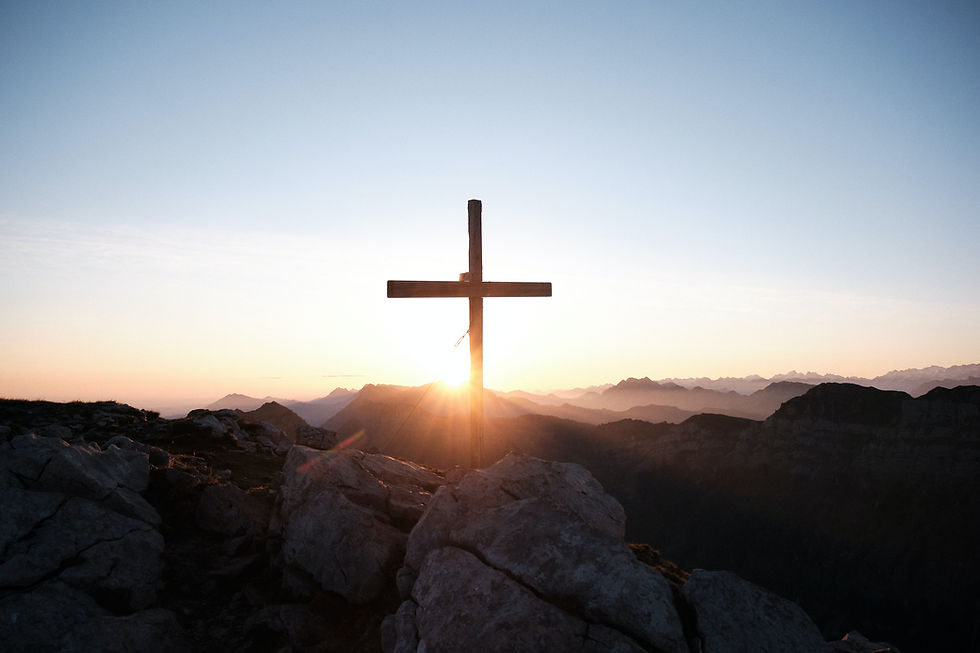

Baptised to be a New Creation
In the blink of an eye, a turn of the page, one Sunday to the next, we move from acknowledging the arrival of the magi and their kingly gifts for the baby, and turn to celebrating the Baptism and commissioning of Jesus as a mature and fully formed preacher, healer and saviour! (Baptism of our Lord. Isaiah 42:1-9; Psalm 29; Acts 10:34-43; and Matthew 3:13-17.) And the theme of disturbance that we explored last week continues this week. Last week we considered the disturbance t

Reverend Sue
16 hours ago4 min read


Epiphany - Light and Dark
Happy New Year. Happy Epiphany. And Merry Christmas – as it is still Christmastide until January 6th, the actual date for Epiphany and the traditional end of Christmas as we remember the magi arriving with their gifts for the Christ child. (Epiphany. Isaiah 60:1-6; Psalm 72:1-7, 10-14; Ephesians 3:1-12; and Matthew 2:15-21.) There is a lot going on in our readings and probably in our hearts and minds as we continue to enjoy Christmas and all its joys, as we start another new

Reverend Sue
Dec 31, 20255 min read


Christmas - Love is always seeking to be Born
Love was born long ago in Bethlehem. The love of God was born in an unlikely place, at an unlikely time, to unlikely parents. Love is always seeking to be born among us and within us. And we need love to come more than ever into our tired world. If you are wanting to celebrate Christmas Eve you may wish to read this. We have come to believe that Christmas should be a wonder filled time of unbridled joy, peace, hope and love. And I do hope that you have had Christmases like

Reverend Sue
Dec 24, 20254 min read


